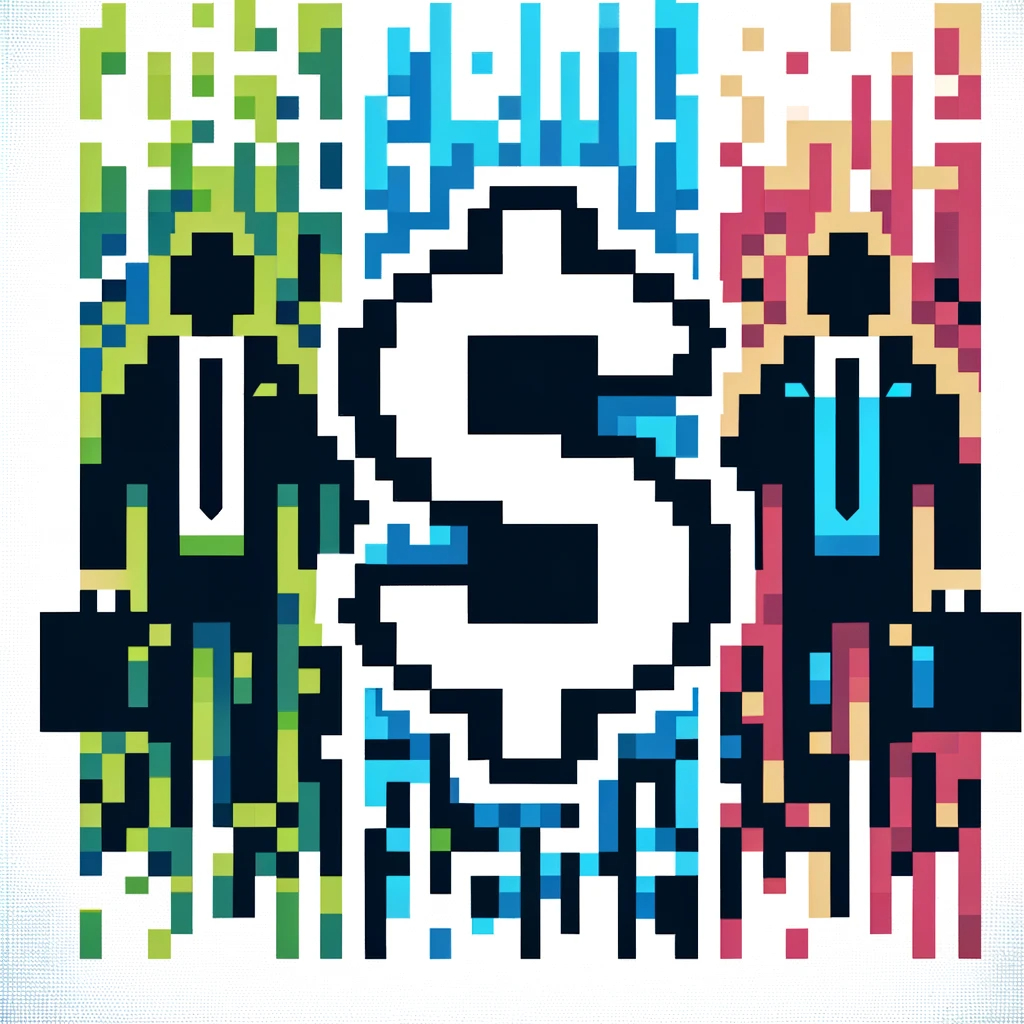110 reads
Can Deep Reinforcement Learning Transform Hedging for American Put Options?
by
October 29th, 2024
Audio Presented by

Economic Hedging Technology is building an international and open source community dedicated to limiting economic risk.
Story's Credibility

About Author
Economic Hedging Technology is building an international and open source community dedicated to limiting economic risk.